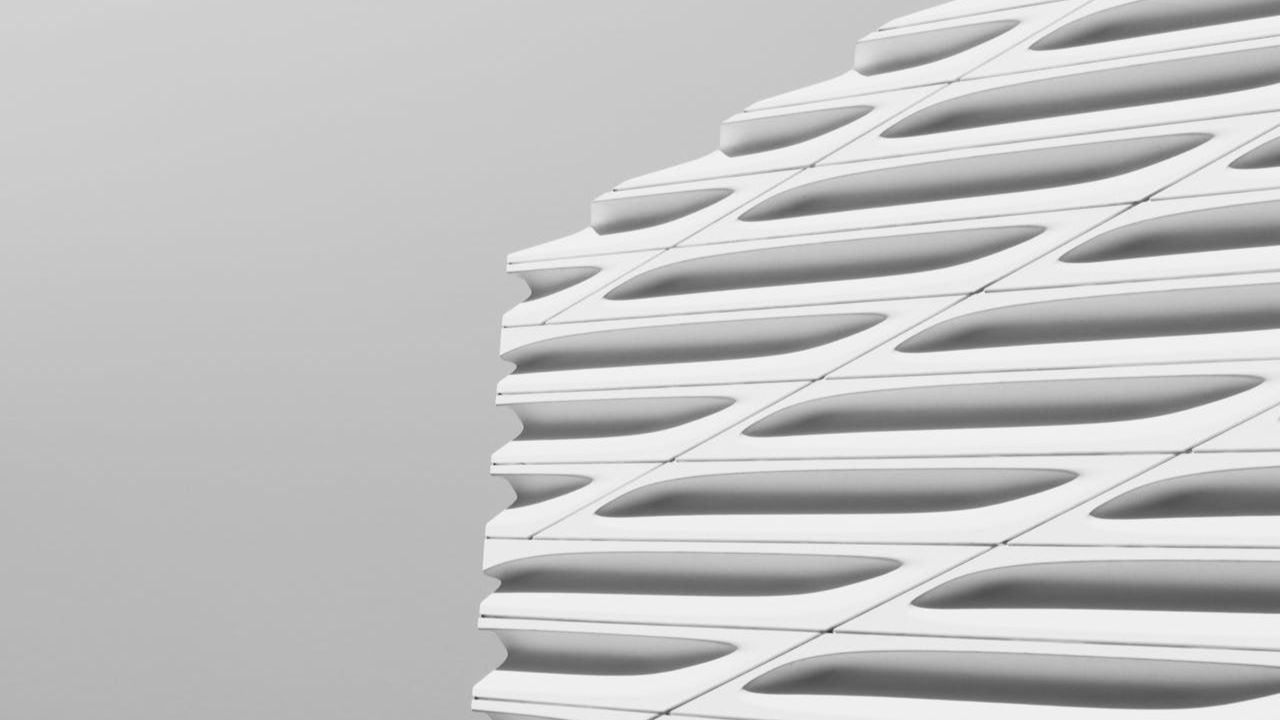GFRC (Glass Fiber Reinforced Concrete) is a popular building material known for being lightweight and durable. Whether you're making countertops, wall panels, or architectural features, calculating the required material, weight, and cost is crucial for project planning.
Calculate GFRC Step by Step
Before calculating volume or weight, it's essential to convert all dimensions (length, width, thickness) into feet.
For example:
- 12 inches = 1 foot
- 100 cm ≈ 3.281 feet
1. Area Formula
The area is calculated using:
Area=Length (ft)×Width (ft)
2. Volume Formula
The volume of the GFRC panel is:
Volume=Length (ft)×Width (ft)×Thickness (ft)
3. Weight Formula (Including Waste Factor)
To calculate the weight, we multiply the volume by density (usually in lb/ft³) and apply the waste factor:
Weight=Volume×Density×(1+100Waste Factor (%))
4. Material Cost Formula
The cost of materials is calculated as:
Material Cost=Weight×Material Cost per lb
5. Labor Cost Formula
Labor cost depends on the area of the panel:
Labor Cost=Area×Labor Cost per ft2
6. Total Cost Formula
The final cost is the sum of material and labor:
Total Cost=Material Cost+Labor Cost
Example Calculation
Let’s say you're making a GFRC panel with these specs:
- Length = 48 inches (4 ft)
- Width = 24 inches (2 ft)
- Thickness = 0.75 inches (0.0625 ft)
- Density = 120 lb/ft³
- Waste Factor = 10%
- Material Cost per lb = $0.50
- Labor Cost per ft² = $4.00
Step-by-step:
Area:
Area=4×2=8ft2
Volume:
Volume=4×2×0.0625=0.5ft3
Weight (with waste):
Weight=0.5×120×(1+10010)=66lbs
Material Cost:
Material Cost=66×0.50=$33
Labor Cost:
Labor Cost=8×4=$32
Total Cost:
Total Cost=33+32=$65
Conclusion
Our GFRC calculator automates these calculations and helps you estimate materials and project budgets more accurately. It’s especially useful for builders, contractors, and architects working with custom GFRC elements.
FAQ About GFRC (Glass Fiber Reinforced Concrete)
1. What is GFRC used for?
GFRC is commonly used in architectural applications such as wall panels, countertops, decorative columns, facades, and custom molds. It’s valued for being lightweight, strong, and versatile in design.
2. Is GFRC stronger than regular concrete?
Yes, GFRC is generally stronger and more flexible than traditional concrete due to the addition of alkali-resistant glass fibers. These fibers improve tensile strength and reduce cracking.
3. How thick should GFRC be?
Typical GFRC panels range from 0.5 inches to 1 inch thick, depending on the application. Thicker layers may be used for structural parts, while thinner sections are suitable for decorative elements.
4. How much does GFRC weigh?
GFRC has an average density of around 110–130 lb/ft³ (1,760–2,080 kg/m³). It’s lighter than traditional concrete, making it easier to handle and install, especially in vertical or overhead applications.
5. Is GFRC more expensive than traditional concrete?
Yes, GFRC is usually more expensive per square foot due to the specialized materials (like polymers and fibers) and more labor-intensive production. However, its durability and design flexibility often justify the higher cost in architectural projects.

Check out 1 similar GFRC Calculator – Calculate Volume, Weight & Cost :